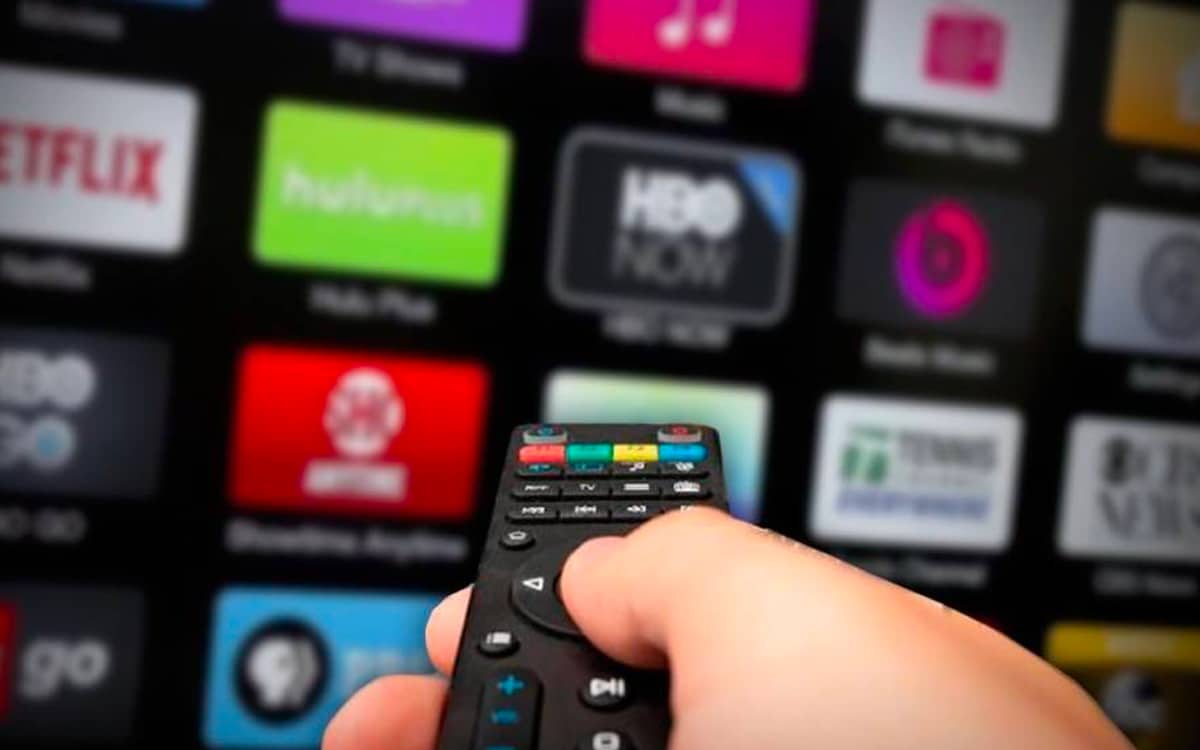
Internet Protocol Television (IPTV) is revolutionizing the way we consume television, offering a vast array of channels and on-demand content through the internet. If you’re new to IPTV and looking to set it up, this guide will walk you through the process step-by-step.
Table of Contents
- What is IPTV?
- Benefits of IPTV
- Essential Equipment
- Choosing an IPTV Service Provider
- Setting Up Your IPTV
- Troubleshooting Common Issues
- Conclusion
What is IPTV?
IPTV stands for Internet Protocol Television. Unlike traditional cable or satellite TV, IPTV delivers television content over the internet. This allows for a more flexible and customizable viewing experience, offering live TV, on-demand videos, and interactive features.
Benefits of IPTV
- Wide Range of Channels: Access to thousands of international channels and on-demand content.
- Flexibility: Watch content on various devices such as smart TVs, smartphones, tablets, and computers.
- Cost-Effective: Often cheaper than traditional cable or satellite services.
- High Quality: Supports HD and 4K streaming, depending on your internet speed.
Essential Equipment
Before setting up IPTV, ensure you have the following equipment:
- Internet Connection: A stable internet connection with a minimum speed of 10 Mbps.
- Compatible Device: Smart TV, Android TV box, Amazon Fire Stick, smartphone, tablet, or computer.
- IPTV Subscription: A subscription to an IPTV service provider.
- IPTV App: An application to stream IPTV content (e.g., VLC, Kodi, IPTV Smarters, etc.).
Choosing an IPTV Service Provider
Select a reliable IPTV service provider based on:
- Channel Selection: Ensure they offer the channels you are interested in.
- Streaming Quality: Look for providers that offer HD or 4K streaming.
- Customer Support: Choose a provider with good customer service.
- Pricing: Compare pricing plans to find one that fits your budget. For a detailed look at pricing options, you can check out the pricing table of Prime IPTV Box.
Setting Up Your IPTV
Step 1: Connect Your Device to the Internet
Ensure your device is connected to the internet via Wi-Fi or Ethernet cable. A wired connection is preferred for more stable streaming.
Step 2: Install an IPTV App
Download and install an IPTV app compatible with your device. Here are a few popular options:
- Smart TVs: Look for IPTV apps in the TV’s app store (e.g., Smart IPTV, SS IPTV).
- Android Devices: Download IPTV apps from the Google Play Store (e.g., IPTV Smarters, GSE Smart IPTV).
- iOS Devices: Find IPTV apps on the Apple App Store (e.g., GSE Smart IPTV).
- PC/Mac: Use applications like VLC Media Player or Kodi.
Step 3: Configure the IPTV App
Open the IPTV app and enter the required information provided by your IPTV service provider. This usually includes:
- M3U Playlist URL: A link to the playlist file containing channel information.
- EPG (Electronic Program Guide) URL: A link to the EPG file for channel schedules.
Step 4: Add IPTV Channels
Once configured, the app will load the IPTV channels. You can browse through the channel list and start watching your favorite content.
Troubleshooting Common Issues
Here are some common issues and their solutions:
- Buffering: Ensure a stable internet connection and check for background downloads that might be consuming bandwidth.
- No Channels: Verify that the M3U playlist URL is correct and active.
- App Crashes: Try reinstalling the app or using a different IPTV app.
- Poor Quality: Adjust the streaming quality settings within the app or ensure your internet speed meets the requirements.
Conclusion
Setting up IPTV is a straightforward process that offers a wealth of entertainment options. By following this guide, you’ll be able to enjoy IPTV’s benefits in no time. For more details on subscription plans, visit the pricing table of Prime IPTV Box. Happy streaming!